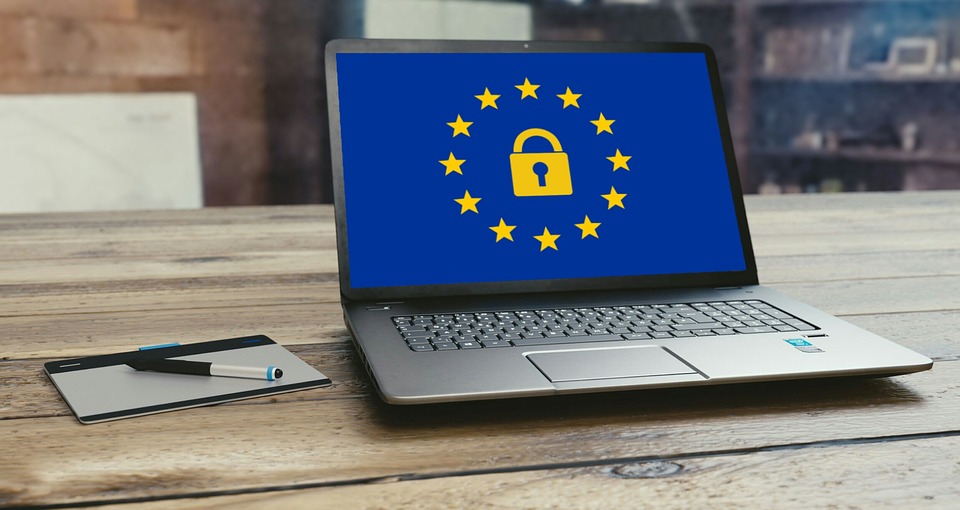One of the main reasons why it’s so important to invest in an anti-spam filter is because identifying spam email attacks manually can be extremely difficult. With so many different types of email attacks, it can be challenging to distinguish between legitimate and illegitimate emails. One particularly threatening email attack is spear phishing.
Spear phishing is similar to phishing in many ways. Both email attacks use similar techniques and the end goal is fundamentally the same: to trick people into offering up important or confidential information. However, there are some differences between the two that make spear phishing attempts more sophisticated and therefore more difficult to identify.
What’s the difference between phishing and spear phishing?
Let’s discuss the difference between phishing and spear phishing. Phishing attacks are emails that are disguised as legitimate emails from trusted senders. They typically imitate large, well-known brands such as Apple or Amazon and might ask the recipient to click on a link, download a document (perhaps disguised as an invoice or receipt), or log in to an account. Once the recipient has followed their instructions, the criminals behind the phishing attack can capture their data or install harmful malware onto their device.
Because phishing attacks appear to come from trusted sources, it can be difficult to recognise that you’re being targeted before it’s too late. Unfortunately, this is also the case with spear phishing emails. In fact, spear phishing attacks can be even more convincing. This is because they are highly targeted. Whereas phishing attacks are duplicated and sent out to thousands of people at once, spear phishing emails use personal information to appear like they’ve been sent by a friend or colleague.
This is what makes it so difficult to identify spear phishing emails as junk. If you receive an email from someone cleverly impersonating a person you know (and who you regularly engage in email communication with, such as your boss), then you are much more likely to respond to the request.
How to avoid becoming a victim of a spear phishing attack
Think you may have received a spear phishing email? Avoid becoming a victim by considering the following tips:
- Look at the email address clearly and see if you spot anything different. If you’ve engaged in email communication with the supposed sender before, compare the email addresses and look for any discrepancies.
- Take a look at the email and how it’s written. Does it sound like the person it’s supposed to be from? Are there any clues which might suggest it’s not them?
- Try to verify the request via another form of communication. For instance, if you’ve had an email asking you to transfer money from one company account to another, consider calling the sender first to double-check the details of the transaction.
Ultimately, the most effective way to avoid becoming a victim of a spear phishing attack is to invest in a cloud-based anti-spam filter. By sitting between the internet and your mail infrastructure, anti-spam gateways like MailCleaner prevent email attacks from reaching your inbox in the first place.
To learn more about the benefits of MailCleaner or to discuss your anti-spam filter needs in more detail, contact us today. We look forward to protecting your internet security.
